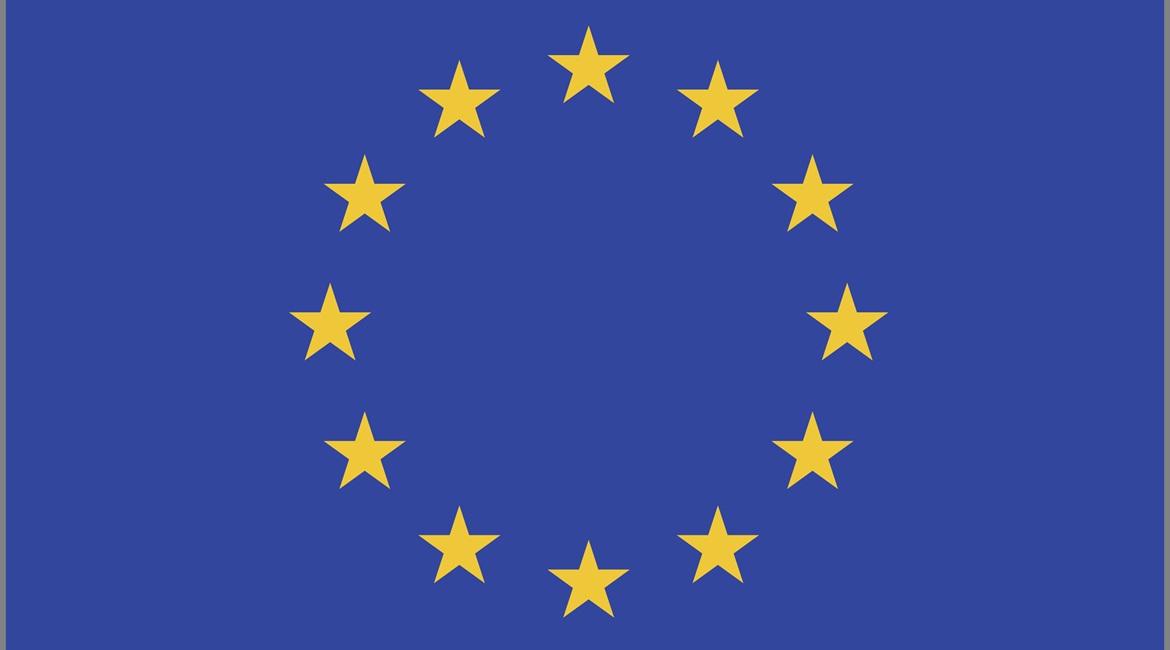
Policymakers in Brussels agreed on 9 November to substantially overhaul the EU’s long-standing export regime for dual-use goods and technologies.
Among other changes, the agreement will impose new risk assessment and reporting obligations on companies, tighten information exchange between national capitals and with the European Commission, and link human rights criteria to the export of cyber surveillance and other technologies.

The European Parliament and Council agreed on 9 November to tighten the EU’s dual-use export regime. (Getty Images)
Noting that dual-use technologies carry risks for national and international security, Valdis Dombrovskis, European Commissioner for Trade, announced after the agreement that the Commission “will interact closely with industry, which is the ‘first line of defence’ to guard against proliferators and other malevolent actors”.
The current annual value of the EU’s controlled dual-use trade currently exceeds EUR50 billion (USD59 billion), according to the Commission.
The compromise text, agreed by the European Parliament and Council, came after years of negotiations on a 2016 proposal by the Commission to amend the EU’s original 2009 dual-use regulation (EC 428/2009), long since rendered outdated by technology developments. Their new accord entails 50 amendments to the regulation.
These harmonise the application of transit controls to non-listed items and military end- uses, and extend the controls to the risk of misuse for terrorist acts and human rights violations. For example, there will be a new EU level co-ordination mechanism for tighter exchanges between the 27 EU countries regarding the export of cyber surveillance items, as well as a new watchlist of banned items to be established.
Looking to read the full article?
Gain unlimited access to Janes news and more...






